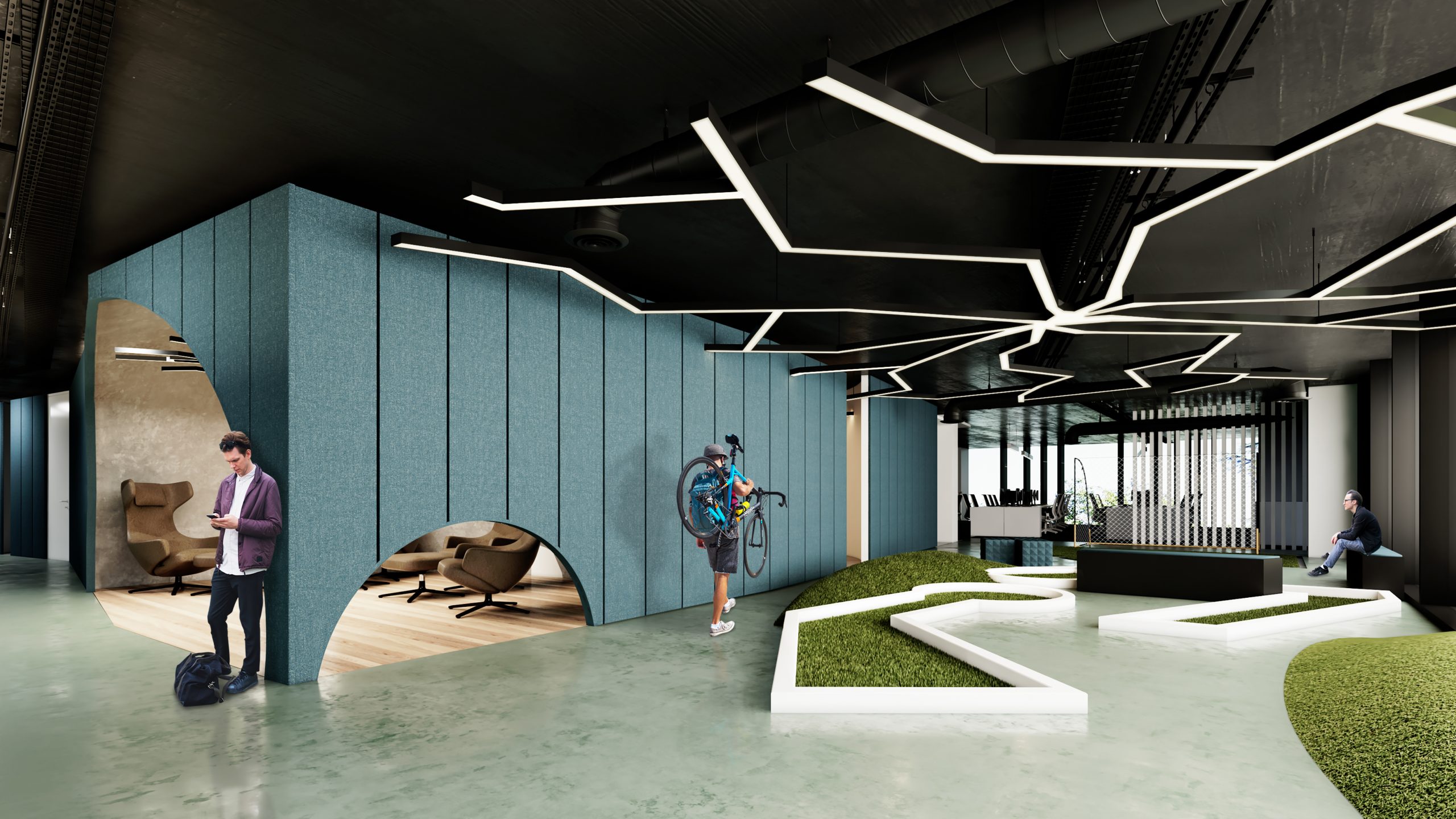The workplace is no longer simply an office. Last year’s shift towards remote work is ushering in the concept of the hybrid workplace, which encompasses all the spaces in which employees can work – homes, cafes and coworking spaces, and multiple offices designed for different purposes.
A hybrid work model can cater to a company’s space needs more efficiently
Employees work well from home, yet also miss the interaction and socialising of the office. At the same time, businesses are looking for new ways to maintain company culture. A hybrid work model offers the possibility for companies of any size and industry to reconfigure their workspace to meet the unique needs of their business and offer choice and flexibility to employees.
They can downsize and invest in smaller, high-design “Club”-style headquarters to wow clients and showcase company culture, and/or multiple “hub” offices that are located closer to employees’ homes, reducing their commute. In addition, a coworking or “on-demand” workspace can provide flexibility which many of today’s employees value.
The hybrid work model can support wellness
Companies have the opportunity to analyse the type of workspaces they require, based on the percentage of people they have at home or in offices, and, importantly, what their employees need to thrive, which has a direct impact on wellbeing.
The design and ambiance of workplaces has a huge effect on how people manage their workloads, interact with colleagues and deal with problems. Many people don’t find crowded, noisy workplaces to be particularly appealing or motivating. If companies want to get the best from their employees, it’s about building spaces that really cater for their needs rather than expecting everyone to make do with a one-size-fits-all model.
People often need different spaces for different tasks, whether it’s quieter areas for concentrating or social spaces for brainstorming ideas. Hybrid models allow people to choose spaces to suit their needs to reduce stress levels and help them feel comfortable wherever they’re working from.
Design differentiators within the hybrid work model
Larger companies are more likely to invest in high-spec headquarters with collaborative spaces that invite employees to socialise, learn and absorb company culture. The “Club” will be distinguished by premium amenities that nurture a sense of community – like amphitheatres, event space, relaxation zones.
This is complemented by satellite offices or “Hubs” that support private or group work with a mixture of individual work desks and comfortable breakout areas with plenty of greenery and natural light.
Creating a positive work environment for staff at home
Remote working is here to stay, so companies can ensure people have the elements they need to work properly from home, including an ergonomic chair, the right lighting and a good desk. Some employers are offering money towards home office setups. It’s also important that companies recognise some employees’ home-working scenarios may not be as productive or comfortable and in these cases, an alternate workspace should be readily available.
Technology will be the main enabler for seamless online working whether people are collaborating on projects through cloud-based platforms or communicating via chat or high-end video conferencing. Advancing technology in offices will also help remote staff interact with colleagues regardless of where they’re based. It’s going to have a huge impact on helping companies to attract and retain the talent they need.







